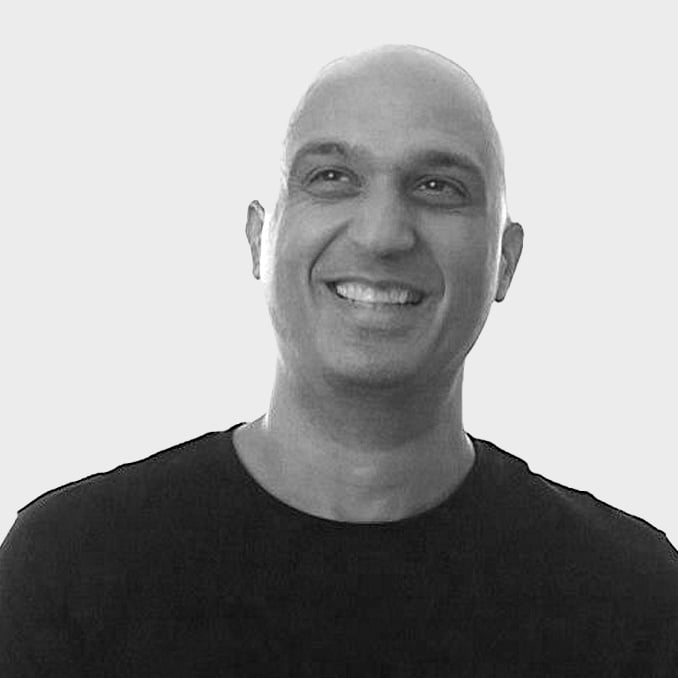"50% of the 4,000 colleges and universities in the US will be bankrupt in 10-15 years". Strong words yet those are just some of the gems that HBS professor Clayton Christensen gives in this talk on disruption in higher education in which he makes this bold predication.
Then a panel of 6 presidents of small liberal arts colleges discusses the topic generally followed by Q&A and finally Professor Karen Harpp at Colgate on developing a blended online / classroom course and Professor Erland Stevens at Davidson College talk about developing online-only courses on edX.
Christensen's talk started by describing how disruptive innovation works in many industries including computers, steel, cars, etc. Some of the interesting points were:
- Disruption starts with the “crummy customers”
- Competing with non-consumption
- “The network” - but that’s changing too
- Donors - connection wasn’t the discipline but an individual member of the faculty who changed their lives
- Less than 1% of faculty account for that change
- How recruiting faculty: how do research, teaching, etc. - never “how to change a student’s life"
- “Corporate universities” is the big competition for HBS. A Harvard MBA is too expensive to hire so they “build their own”
- The only examples of leaders that succeeded: Setting up an independent company with mandate to kill the parent
- Does government / non-profit make a difference? Pell grants are a "floor" on price. Healthcare is the same...there is no price-based competition instead, organizations compete on quality. Christensen says 'no difference' since sustainability is the same for either
- The causal mechanism (for why industries get disrupted by new entrants) is the pursuit of profit. "There is always more money if you look up than when you look down."
- Christensen sees innovation in visualization for courses. He talks about how barriers between fields are random. Who decided chemistry and calculus are separate? System is designed for another era: 4 years and you take the summers off to work in the fields and will change.
Keep Learning
Define and Act on Your Institution’s Strategy
A 15-part series on defining and acting on a higher education strategy to guide leaders during these difficult times. It is targeted at educational leaders who are participating in shaping their school's actions during and after the COVID-19 pandemic.


